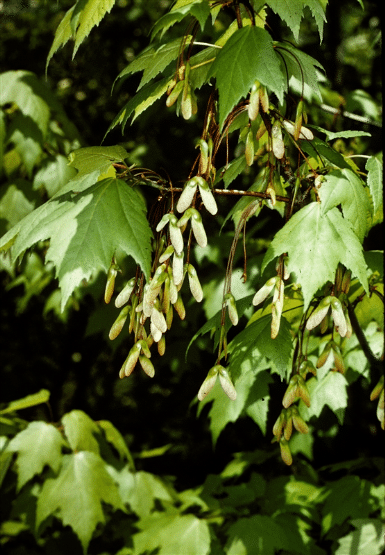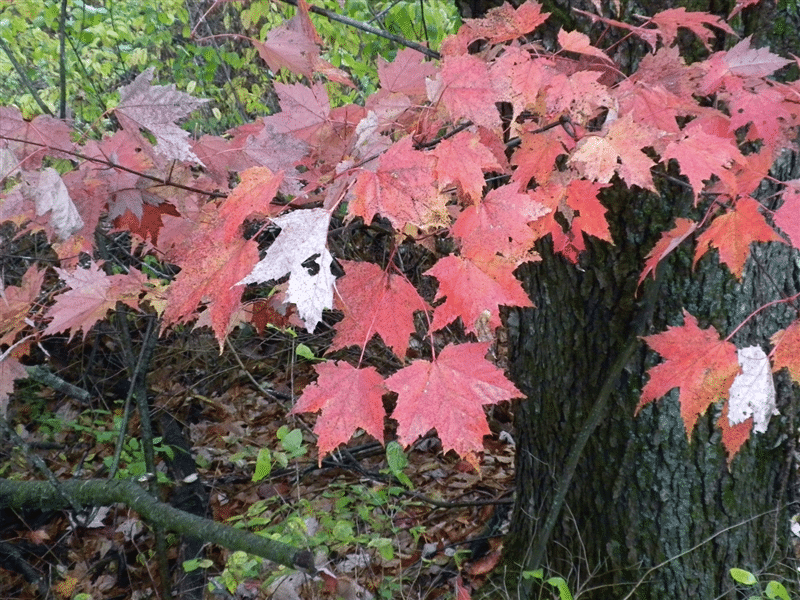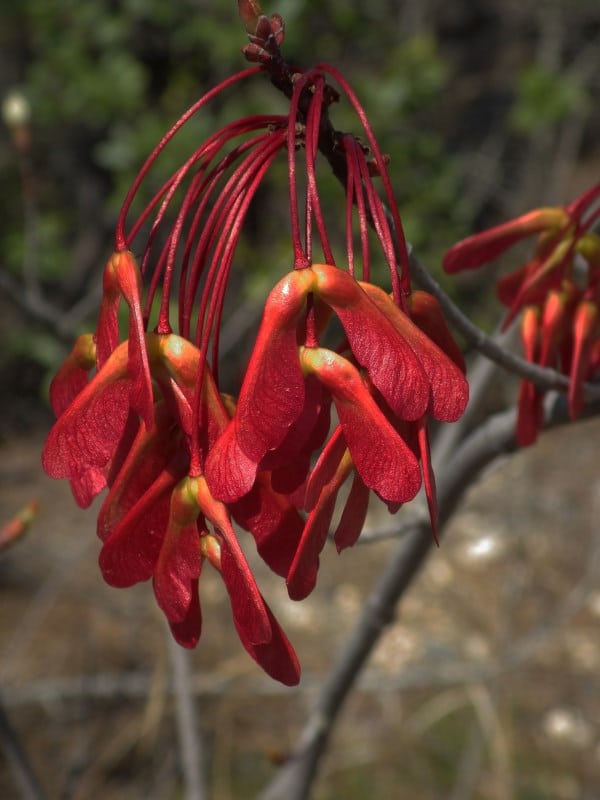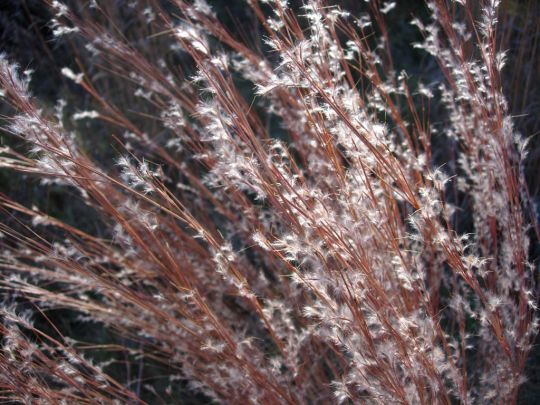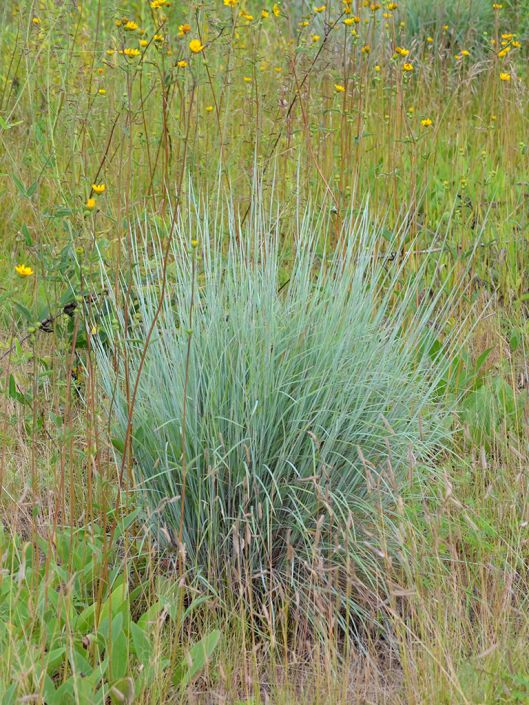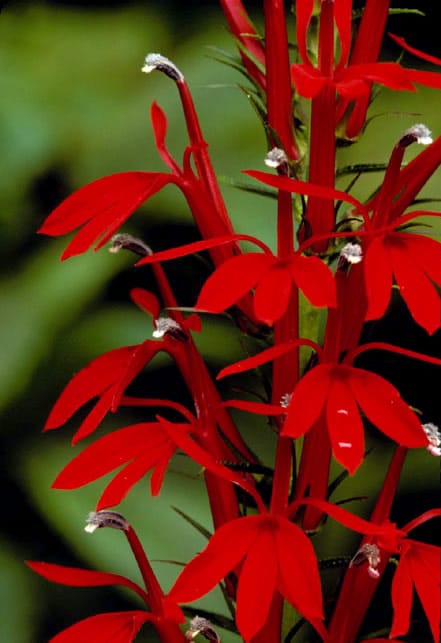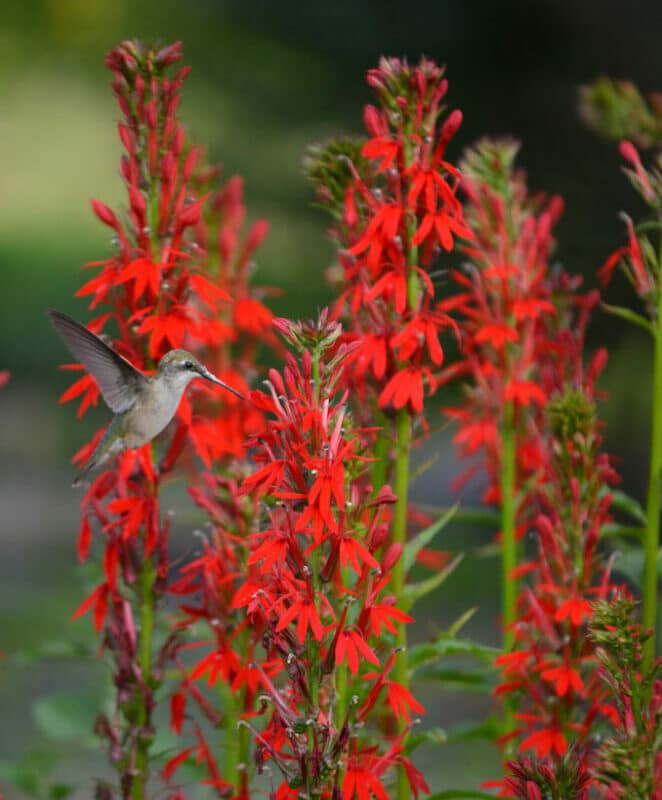Description
Because of the abundance and wide distribution red maple, its early-produced pollen may be important to the biology of bees and other pollen-dependent insects. Most references describe red maple as wind pollinated, but insect pollination may be important, as many insects, especially bees, visit the flowers. The seeds, buds and flowers are eaten by various wildlife species. Squirrels and chipmunks store the seeds. White-tailed deer, moose, elk browse red maple, and rabbits, which find the stump sprouts especially palatable, especially in fall and winter. Cavities in red maples in river floodplain communities are often well suited for cavity nesters such as the wood duck and others.
Contributed By: USDA NRCS National Plant Data Center & the Biota of North America Program
Click here for more information from USDA-NRCS.



